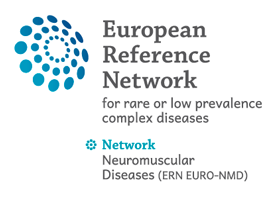24 Jul 2800
Management of Cardiac Involvement Associated With Neuromuscular Diseases
Authors:
Brian Feingold, William T. Mahle, Scott Auerbach, Paula Clemens, Andrea A. Domenighetti, John L. Jefferies, Daniel P. Judge, Ashwin K. Lal, Larry W. Markham, W. James Parks, Takeshi Tsuda, Paul J. Wang, Shi-Joon Yoo and On behalf of the American Heart Association Pediatric Heart Failure Committee of the Council on Cardiovascular Disease in the Young; Council on Clinical Cardiology; Council on Cardiovascular Radiology and Intervention; Council on Functional Genomics and Translational Biology; and Stroke Council
For many neuromuscular diseases (NMDs), cardiac disease represents a major cause of morbidity and mortality. The management of cardiac disease in NMDs is made challenging by the broad clinical heterogeneity that exists among many NMDs and by limited knowledge about disease-specific cardiovascular pathogenesis and course-modifying interventions. The overlay of compromise in peripheral muscle function and other organ systems, such as the lungs, also makes the simple application of endorsed adult or pediatric heart failure guidelines to the NMD population problematic. In this statement, we provide background on several NMDs in which there is cardiac involvement, highlighting unique features of NMD-associated myocardial disease that require clinicians to tailor their approach to prevention and treatment of heart failure. Undoubtedly, further investigations are required to best inform future guidelines on NMD-specific cardiovascular health risks, treatments, and outcomes.

